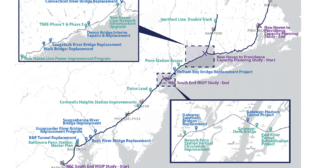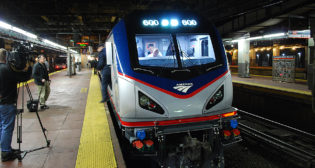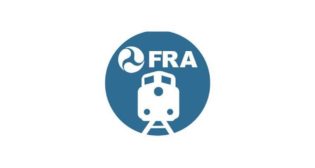
Transit Briefs: GCRTA, NCTD, SEPTA, VRE
Written by Marybeth Luczak, Executive Editor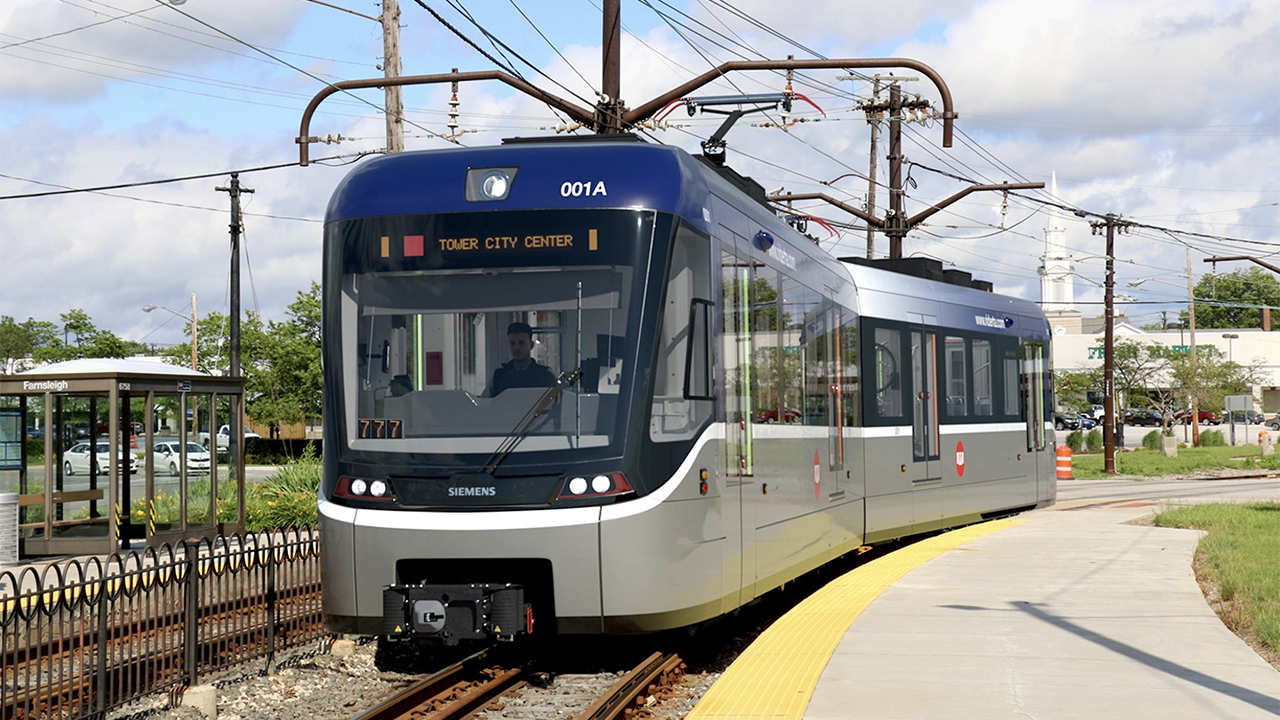
A $12.4 million grant from the Ohio Department of Transportation will go toward GCRTA’s Rail Car Replacement Program. In July, Siemens Mobility was contracted to replace the agency’s Red Line fleet with 24 S200s. (Rendering Courtesy of Siemens Mobility)
Ohio’s Greater Cleveland Regional Transit Authority (GCRTA) receives a $12.4 million state grant for railcar replacement. Also, California’s North County Transit District (NCTD) is awarded state funding for a climate vulnerability and needs assessment; Southeastern Pennsylvania Transportation Authority (SEPTA) rolls out contactless payment technology; and Virginia Railway Express (VRE) seeks public comment on fare changes proposed in its preliminary fiscal year 2025 budget.
GCRTA
The Ohio Department of Transportation (ODOT) has awarded GCRTA $12.4 million for its Rail Car Replacement Program and $200,000 for electrical vehicle planning through the 2024 Ohio Transit Partnership Program.
According to GCRTA, this is the fourth year it has received ODOT funding for the Rail Car Replacement Program, bringing the total to $33.8 million. With the new award, the transit authority has raised $355.3 million of the $393 million total program budget.
GCRTA said it will use the $200,000 grant “to plan and develop a program to evaluate bus routes for the future transition of adding electric buses to RTA’s bus fleet.”
“We are extremely pleased with the outcome of this round of funding and appreciate ODOT’s continued support of our Rail Car Replacement Program, and research into electric vehicles,” said GCRTA General Manager and CEO India L. Birdsong Terry, whose contract was unanimously approved this summer by the Board.
NCTD
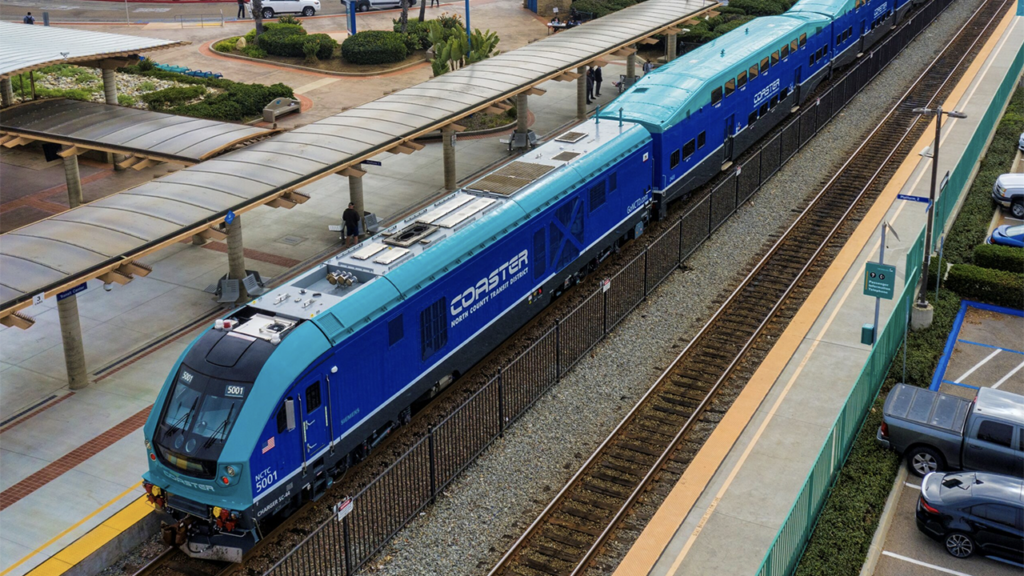
NCTD will work to identify and assess climate change risks and potential resiliency strategies for its regional/commuter rail and bus infrastructure, facilities and surrounding communities with a $627,000 award from the California Department of Transportation Climate Adaptation Planning–Sustainable Transportation Planning Grant Program. “The study will evaluate the conditions of NCTD’s service area and industry best practices and provide detailed recommendations, capital and financial plans, and an implementation strategy, along with a robust outreach effort,” the Oceanside-based agency reported Sept. 28.
The new funding, NCTD said, builds upon its existing efforts to mitigate the impacts of sea level rise and extreme weather conditions. On the Los Angeles-San Diego-San Luis Obispo Rail Corridor, the agency and its project partners are advancing near- and long-term projects to address coastal erosion in Del Mar, including through the slate of Del Mar Bluffs stabilization projects. Additionally, the agency said its San Dieguito Double Track Phase 2 project will replace and raise the elevation of a 107-year-old wooden rail bridge to prevent the risk of flooding and ensure the long-term resiliency of the corridor. Finally, it is initiating a project to install shelters and other shade infrastructure at bus stops to shield riders from excessive heat.
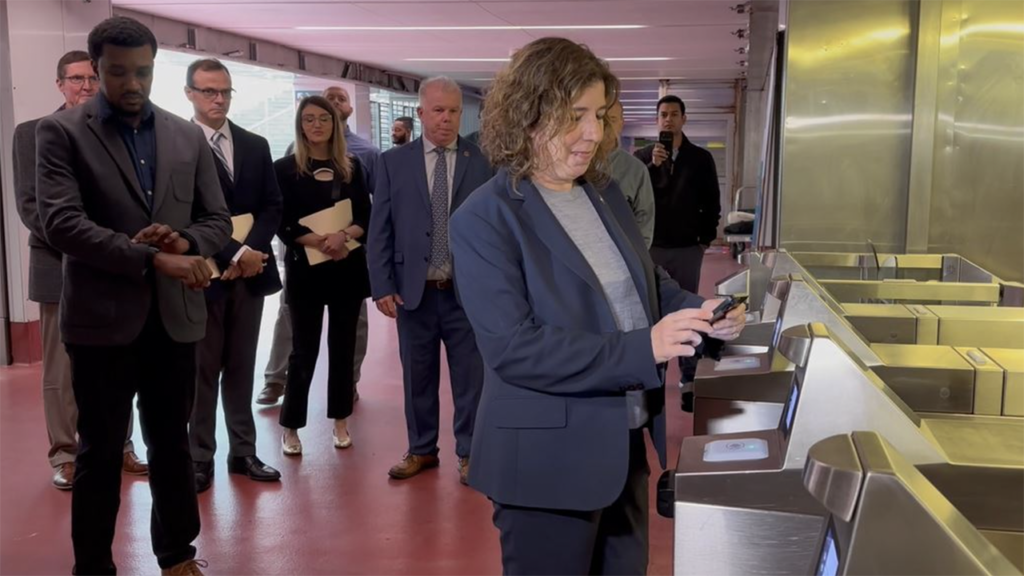
SEPTA on Sept. 29 began rolling out contactless payment options on its trolley, rapid transit and bus services. It followed a summer pilot program, in which nearly 300 people tested the technology.
Riders can now tap using their credit and debit cards, or mobile payment apps, at turnstiles and fare boxes. According to SEPTA, these contactless options offer the same benefits that had previously only been available with the SEPTA Key fare program—in particular, a discounted $2 one-way fare and up to two transfers.
Regional Rail is slated to offer contactless payment in early 2024, the transit authority reported.
“This technology makes SEPTA more convenient for everyone to use SEPTA—whether you are a regular customer, occasional rider or a new customer,” SEPTA CEO and General Manager Leslie S. Richards said. “By giving our riders the option to pay their fares with what they already have in their pockets, we are making our system easier to use. This will be critical as we continue with efforts to rebuild ridership.”
VRE
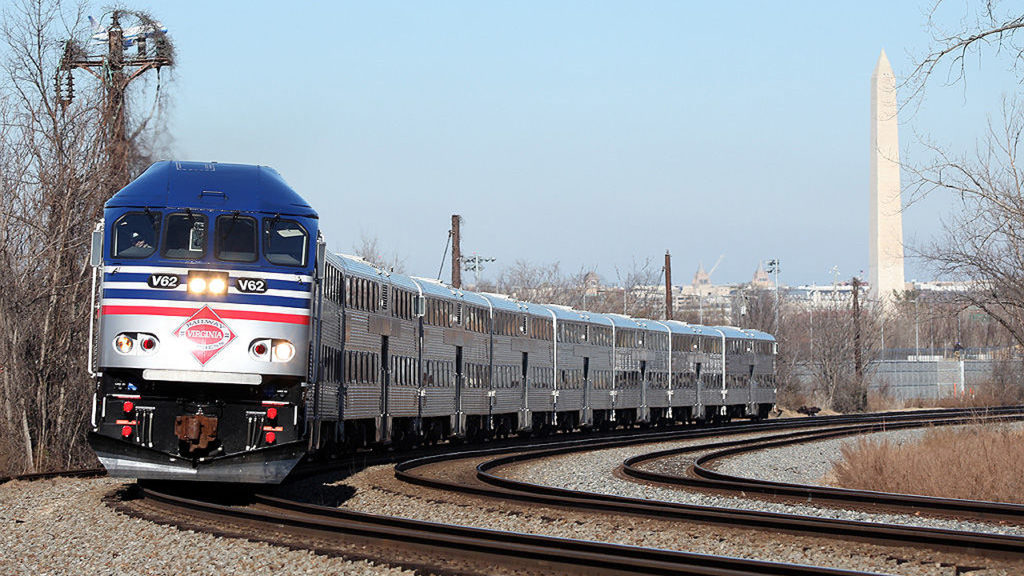
VRE will hold a public comment period from Sept. 29 to Nov. 16 on fare changes proposed in its preliminary fiscal year 2025 budget. Interested individuals may provide comments at one of three in-person public hearings (Oct. 16 in Washington, D.C.; Oct. 18 in Manassas, Va.; and Oct. 26 in Fredericksburg, Va.), or via mail, email, telephone or fax. A virtual public presentation is scheduled for Oct. 24 on VRE’s YouTube channel.
According to the commuter railroad, the preliminary FY 2025 operating budget totals $119.9 million, up 10%, or $11 million, over the approved FY 2024 operating budget. The budget covers operations, maintenance and existing debt service. It also includes increases to fares of 5% and the jurisdictional subsidy of 14%. VRE said its last broad-based fare increase was 3% in FY 2020. Additionally, the proposed budget provides for the first-ever operation of VRE weekend service, as well as a proposal to allow children under 18 to ride free and changes to simplify fare payment, the railroad reported.
VRE connects parts of central and northern Virginia with the District of Columbia with two lines, Manassas and Fredericksburg, that serve 19 stations. In the spring, the railroad launched its Lifecycle Overhaul and Upgrade facility in Spotsylvania County, Va.
